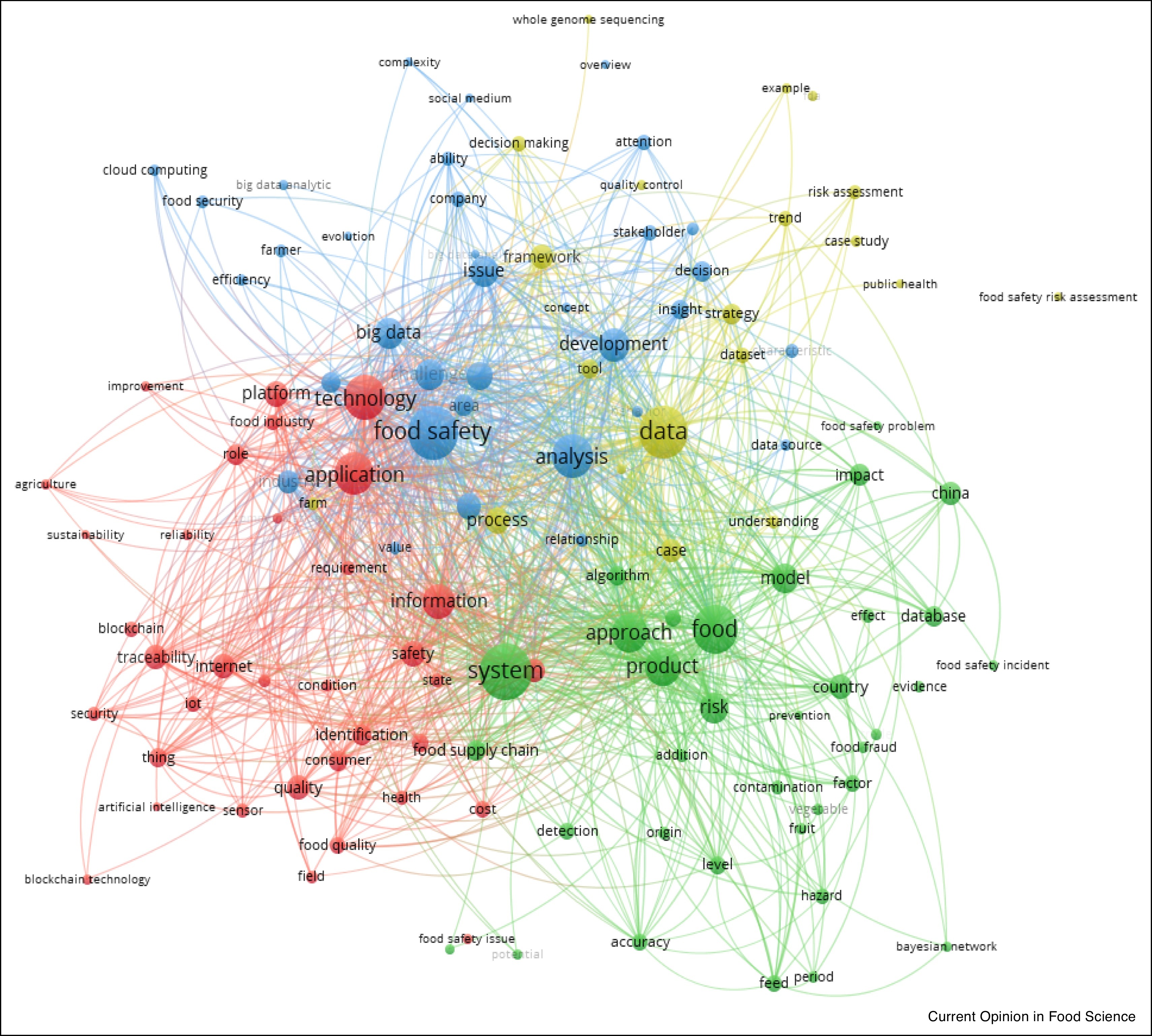Food Packaging and Shelf Life, Volume 26, December 2020
The recent sharp increase of sensitivity towards environmental issues arising from plastic packaging has boosted interest towards alternative sustainable packaging materials. This new trend promotes the industrial exploitation of knowledge on chitosan-based films. Chitosan has been extensively investigated and used due to its unique biological and functional properties. However, inherent drawbacks including low mechanical properties and high sensitivity to humidity represent major limitations to its industrial applications, including food packaging.
Agriculture, Ecosystems and Environment, Volume 304, 1 December 2020
Agroecosystems make up a significant portion of terrestrial ecosystems and receive a disproportionally high amount of terrestrial nitrogen inputs from fertilizer, leading to nitrogen loss and associated environmental problems. Integrated crop livestock systems, such as pasture-integrated crop rotations, may be more environmentally sustainable however the long-term effects of this management practice on soil microorganisms and nitrogen transformations are not well understood.

